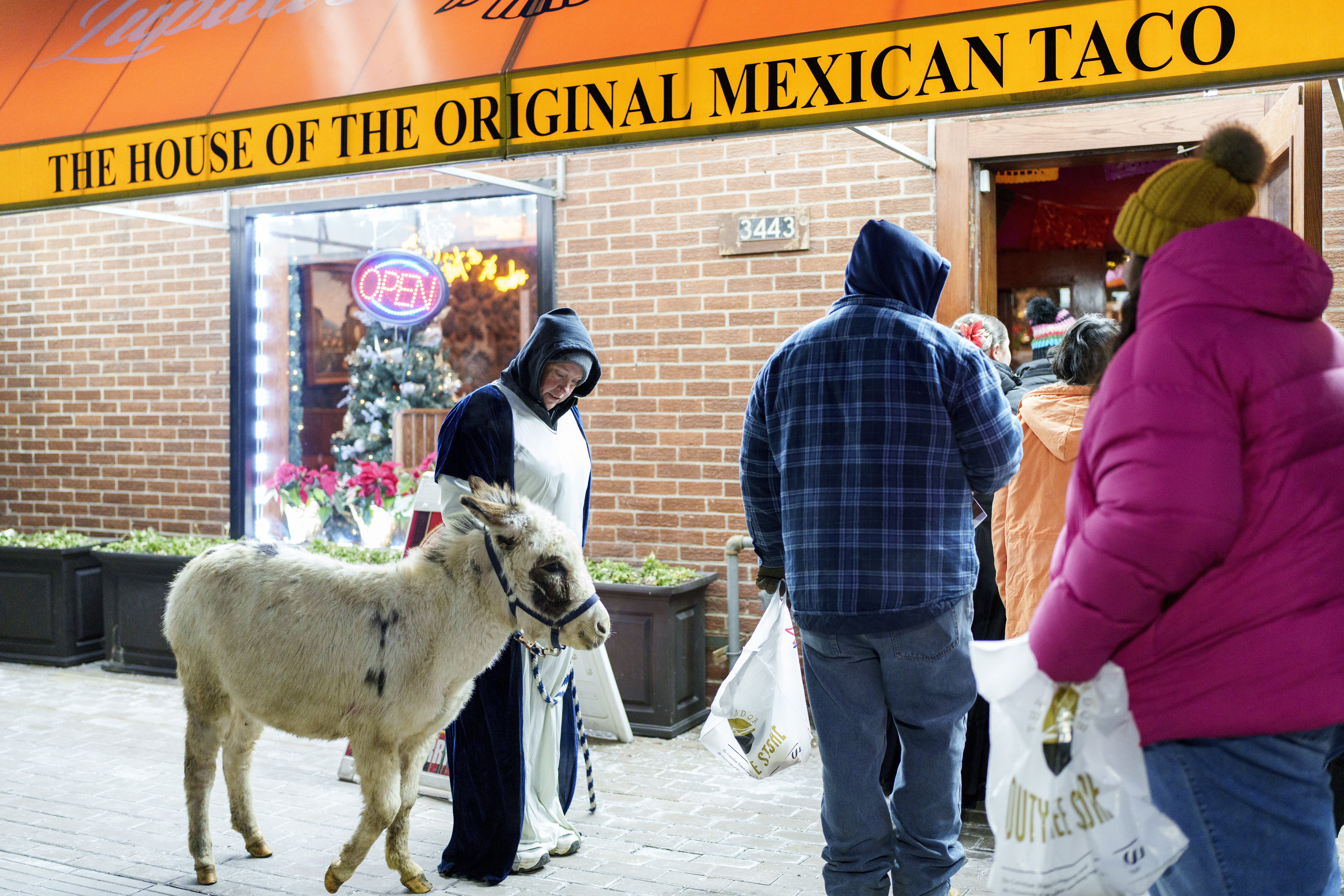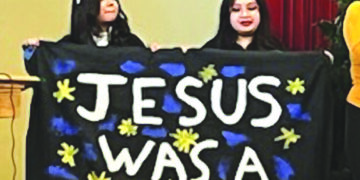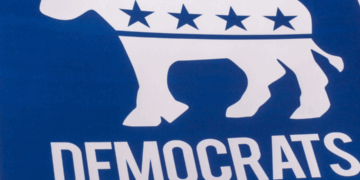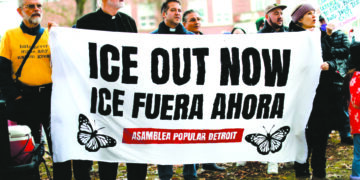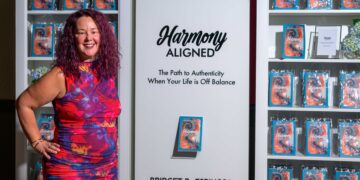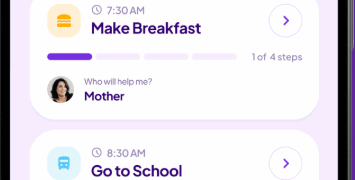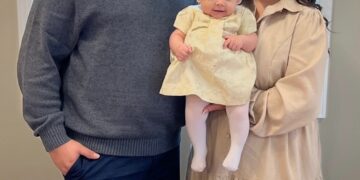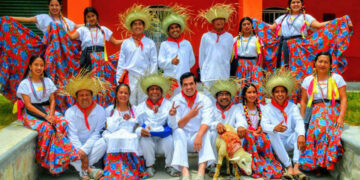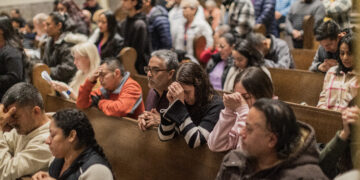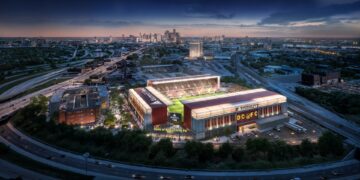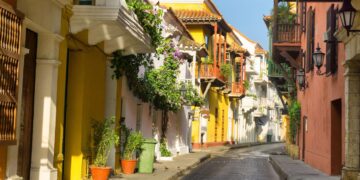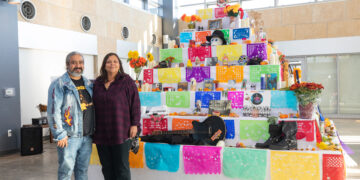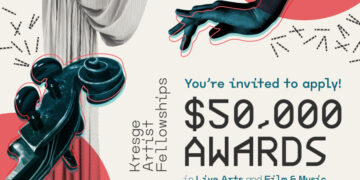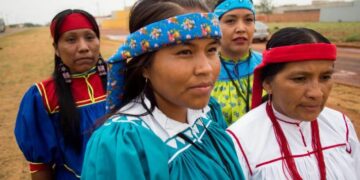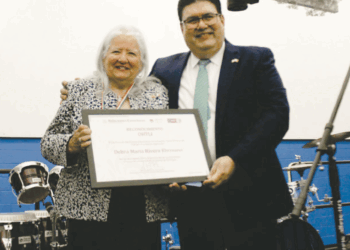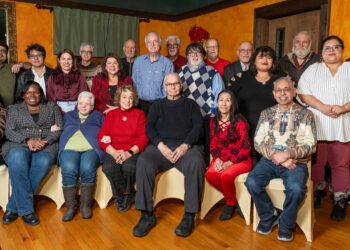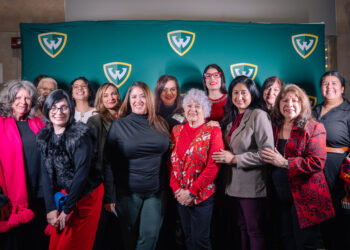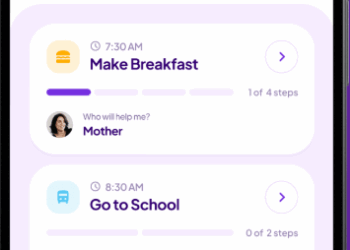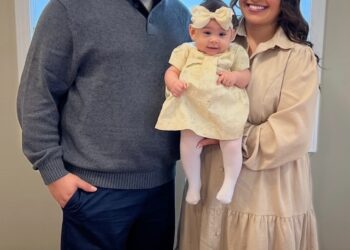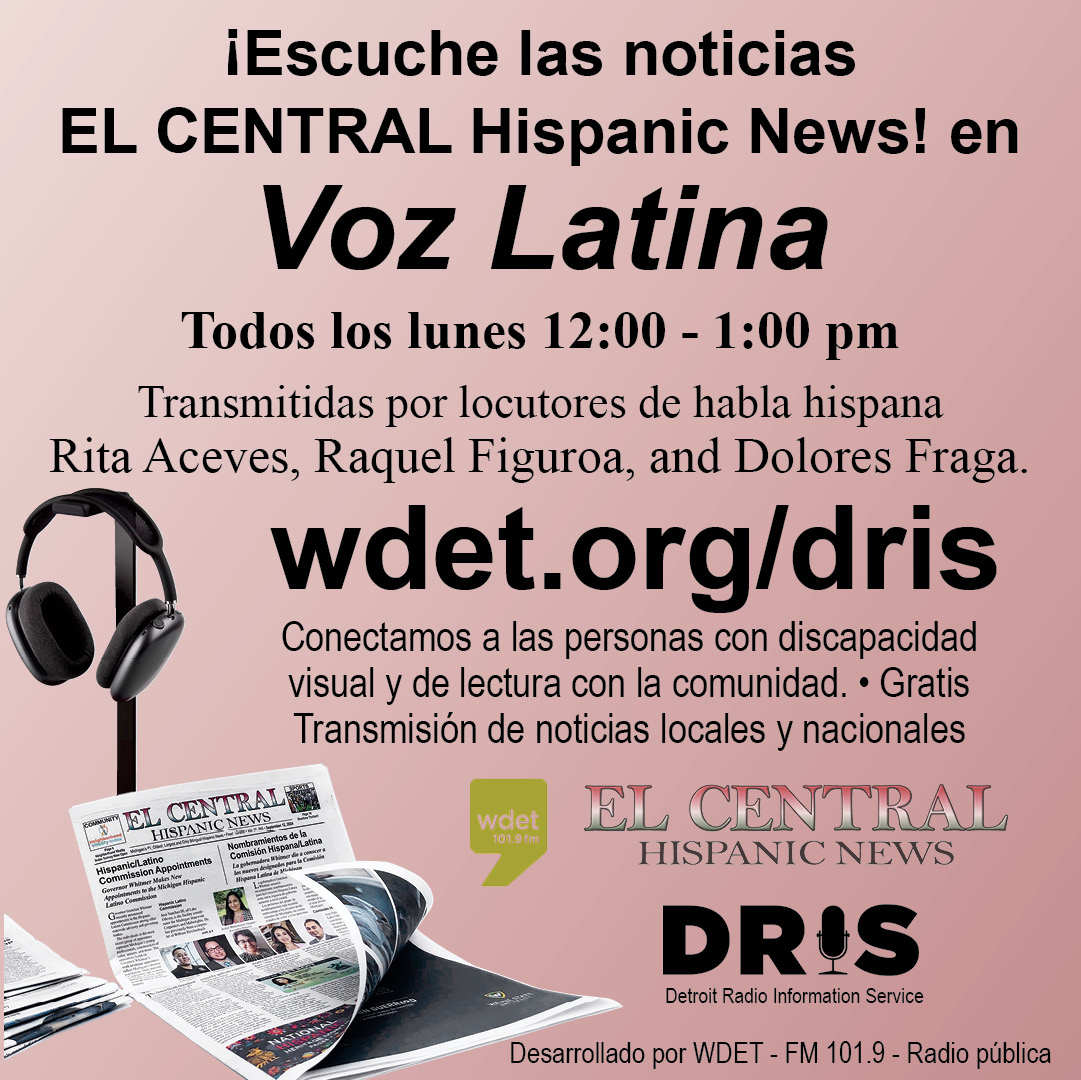- Wendy Guzman
- Community, Latest News
The W Vernor Parking Solutions Collaborative is working with community members to find community-driven solutions to the lack of parking in Southwest Detroit. Meetings have been held monthly since July 2022 to explore a potential parking and mixed-use structure on the parcel located on the Southeast corner of W Vernor Hwy. and Scotten Street across from Clark Park.
Following meetings and surveys from residents and collaborators, the project expects to feature below ground parking with mixed-use development above ground to meet community needs, with additional discussions focusing on a childcare center, cultural event space, housing and more.
According to the Parking Solutions Collaborative FAQs, the lack of parking in the area is increasingly necessary with the $3.3 million investment into Clark Park by the City of Detroit, which will include the construction of W. Vernor Plaza landscaping, park benches, ornamental arches, newplayscapes and a splash pad for the area’s children.
“Clark Park is expanding, Western High School is going to expand,” said executive director of LA SED Mary Carmen Munoz. “We’ve got businesses that are unable to expand because they can’t handle the current demand for parking for their customers and clients. So the need is there for a parking solution.” The non-profit advocacy and social service agency has been part of the collaborative group of local businesses looking to solve the parking problem since before the pandemic.
The collaborative includes Armando’s Mexican Restaurant; Design Think Tank; El
Club; First Latin American Baptist Church; Flowers of Vietnam Restaurant; LA SED; Mexicantown Bakery; Mission Lift; Southwest Detroit Business Association; Sustainability Knocks; Terranovus Development and We are Culture Creators. The Collaborative has received support from the City of Detroit Department of Neighborhoods, the Detroit Economic Growth Corporation and the Kresge Foundation.
With a KIP:D+ planning grant from the Kresge Foundation, the collaboration project has hired two local experienced urban planning and design firms to lead the community-engaged design process to both solve the parking problem and explore additional benefits to the neighborhood.
“It’s going to take a couple years of development and currently, our small group of people are just in the preliminary planning stages,” said Munoz. “[We are seeking to identify] how it can happen in a unique way that won’t intrude on our very beautiful neighborhood. We want to be able to find a unique solution.”
In addition to investments from the city, more parking will be needed with the development of the residential and retail development of La Joya Gardens at W. Vernor between Palms Street and Hubbard Street, as well as The First Latin American Baptist Church opening its new gymnasium and special events center this past summer. Parking is about to get even more challenging for concertgoers attending shows at El Club.
[The project is] “a springboard for our community to be able
to look at it, how do we solve parking issues, but also if we do different creative solutions, we can solve a lot of other issues, like lack of childcare,” said local resident Janet Ray. “So if we have parking underground, what’s on the first floor, a childcare center? People, again, are so awesome, they have great ideas.”
As a resident and planning consultant, Ray was asked to step in and lead the community engagement aspect of the project.
“So part of my role is to be kinda like the conduit or the pipeline to get more people involved, to give other people more voice. So [it’s] kind of like bringing my fellow residents along to say ‘we can do this resident-driven process,’” Ray said. “We don’t have to have outsiders develop or solve our problems; we can solve our own problems.”
The September meeting of the collaborative had 18 people in attendance and the October meeting had 37. So, interests is rising in the project, Ray said.
“This is only the planning stage,” Ray said. “But I think people are really hungry. And they’re really interested in doing community-driven processes. They’re sick of having outsiders come in and make tons of money off of them. So, I think people are really interested in that.”
Resident Shaun Nethercott has been engaged with the parking solutions project. She believes the community engagement model of the project will be effective for the community.
“This way is an opportunity for business people, resident people to have a direct say, and a direct benefit from what happens in their community, instead of being the subject,” Nethercott said. She added that it’s important for the project to be proactive with the community rather than reactive.
“That’s a really good place for people to be because having a stake and having a voice is just critical to the healthy functioning of a community,” Nethercott said. “So the idea of getting ahead of development and making it in the community’s own image is just the right idea.”
As for the design of the structure itself, architect and proposed co-developer of the project Luis Antonio Uribegan presented the massing options at the collaborative’s October meeting. Out of five options presented for community feedback, the fifth option received the most positive feedback mostly due to the proposed opening of the building on W. Vernor Hwy. and for its unconventional angles facing the streets.
“So the mixed-use concept of not just being a parking space or surface parking, I think that has resonated well,” Uribegan said. “Our effort and our willingness to get as many people in the process and being part of this and understanding what this brings to the community — I think that’s kind of the [point]; it’s really for them and with them.”
In addition to design, Uribegan introduced the idea of a Community Investment Trust (CIT), which would sell shares of the project to communitymembers and businesses in order for them to become more engaged and eventually see the rewards from the project.
“The Community Investment Trust idea really resonates with everybody, they really are happy to be in the process of being involved. Not just saying what happens at the site, but also a benefit of what it’s going to bring them after the development is done,” said Uribegan.
Uribegan got the idea of the CIT from research on Portland- based Community Investment Trust models supported by the Kresge Foundation. Although the return on investment comes later for the project, Uribegan thinks this has changed the mindset of people’s approach to the project.
The next community meeting for the W. Vernor Parking Solutions Collaborative will
be held at First Latin American Baptist Church on Tuesday November 15 beginning at 6pm.

